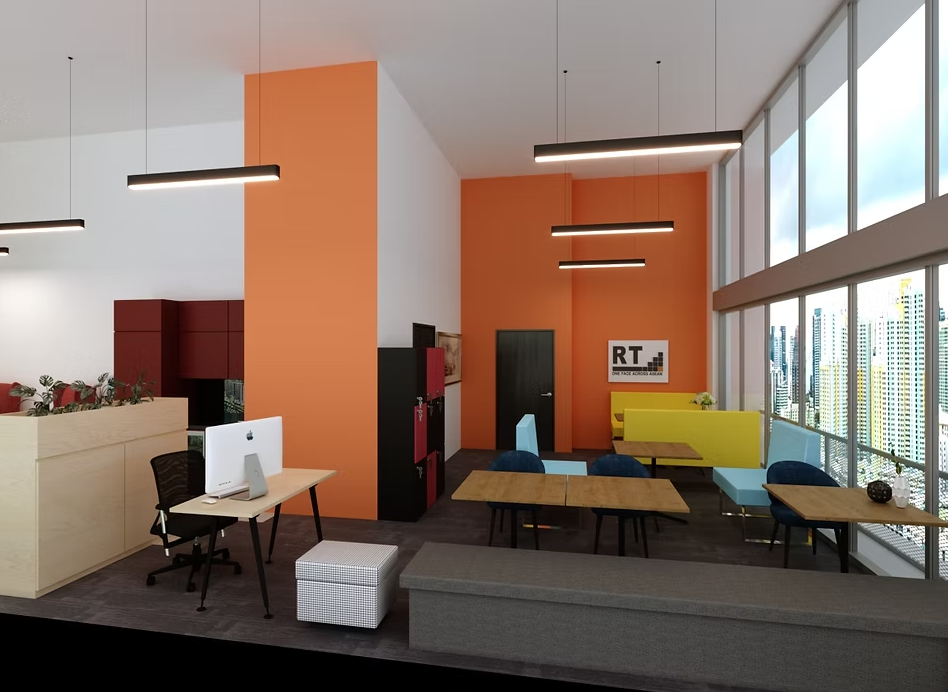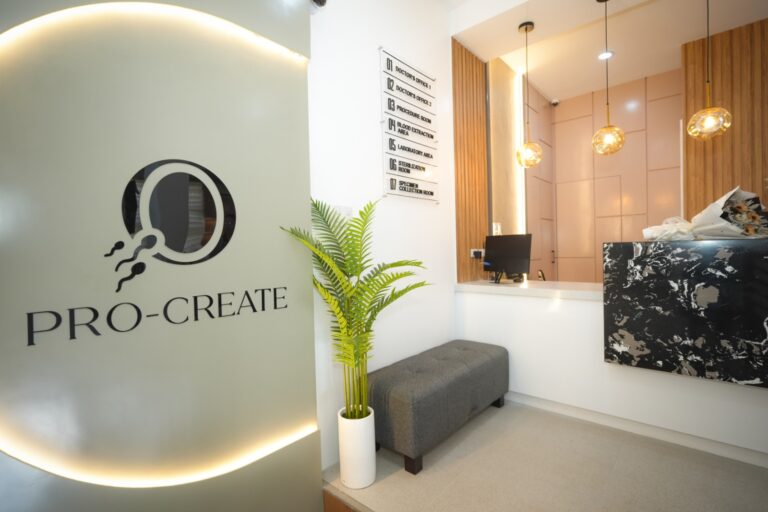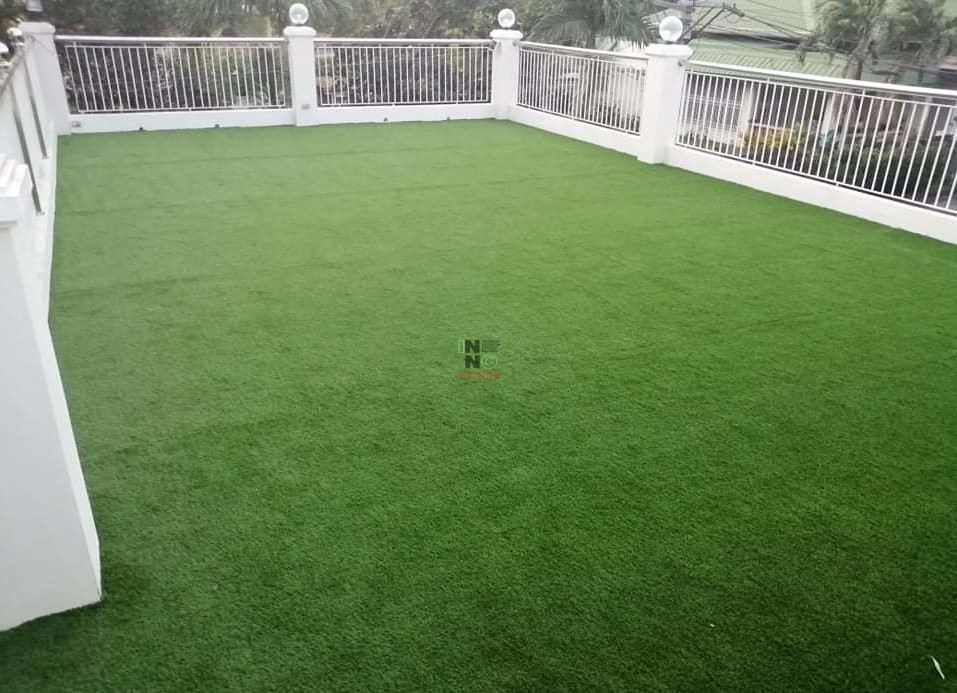The Power of Interior Design in Commercial Spaces
Interior design for commercial environments has become a vital aspect of modern business strategy. Beyond aesthetics, it directly influences how customers perceive a brand and how employees perform in their workspace. A thoughtfully designed commercial space can increase productivity, attract customers, and elevate the overall brand experience. Businesses today are investing in design not just for visual appeal but also for efficiency, flow, and emotional connection. Unlike residential spaces, commercial interiors must cater to high traffic, durability, and multifunctional use. Every design choice—from lighting and layout to color schemes—plays a role in shaping the behavior and satisfaction of those who enter. When interior design is integrated strategically, it transforms a simple workspace into a thriving, inspiring environment that communicates purpose and professionalism.
Understanding the Core Elements of Commercial Interior Design
Creating an effective commercial design involves balancing beauty and function. Space planning is often the foundation—it determines how people move, interact, and work within the area. Proper layout ensures safety, accessibility, and efficiency. Lighting design is another essential factor, influencing mood and visibility. Natural light creates a welcoming atmosphere, while artificial lighting enhances focus and ambiance. Material selection also matters, as commercial environments require durable, sustainable, and easy-to-maintain finishes. Designers consider factors such as fire resistance, sound absorption, and environmental impact when choosing materials. Color psychology further influences perception; vibrant hues energize retail spaces, while neutral tones calm corporate settings. When these elements align, the result is a space that’s both visually pleasing and purpose-driven, enhancing every experience within its walls.
Types of Commercial Spaces and Their Unique Design Needs
Different commercial spaces require tailored design solutions that fit their function and audience. Office interiors, for instance, focus on promoting collaboration and concentration. Open layouts, ergonomic furniture, and breakout zones encourage teamwork while maintaining productivity. Retail stores prioritize customer flow and product visibility, using layouts like grid or freeform arrangements to influence shopping behavior. Restaurants and cafés aim for ambiance, comfort, and branding through thoughtful lighting, seating, and décor. Hotels and hospitality settings must create lasting impressions through comfort, luxury, and seamless functionality. Healthcare and wellness centers, on the other hand, focus on cleanliness, calmness, and accessibility to promote trust and relaxation. Each space must not only look appealing but also serve its users efficiently and reflect the purpose of the business.
How Interior Design Reflects and Strengthens Brand Identity
Interior design for commercial spaces is a powerful extension of brand identity. Every color, texture, and fixture can reinforce what a company stands for. A strong design mirrors the brand’s personality—minimalist and sleek for a tech company, vibrant and creative for a marketing agency, or elegant and refined for a luxury boutique. Signage, furniture, and architectural details play a key role in expressing brand values. Consistency is crucial; when customers step inside, they should instantly recognize the tone and style of the brand they’ve come to trust. The goal is to create a sensory experience that evokes the same emotions as the brand’s digital and marketing presence. This alignment between environment and identity strengthens loyalty and enhances credibility. Businesses that invest in brand-integrated design often find that their spaces become memorable and shareable experiences, further amplifying their market presence.
Modern Trends Transforming Commercial Interior Design
The world of commercial interior design continues to evolve rapidly, driven by technology, sustainability, and changing work culture. One major trend is the use of eco-friendly materials such as reclaimed wood, recycled metal, and non-toxic paints. Sustainability isn’t just a buzzword—it’s a demand from conscious consumers and companies. Flexible workspaces are also on the rise, featuring modular furniture and adaptable layouts that cater to different tasks and team sizes. Technology is now deeply embedded in design, from smart lighting systems to interactive digital displays. Biophilic design, which incorporates plants, natural textures, and daylight, brings nature indoors to improve mood and productivity. Some of the key emerging trends include:
- Integration of smart technologies for lighting and climate control
- Use of natural materials for sustainability and warmth
- Multi-purpose furniture for flexibility
- Art installations to enhance brand storytelling
- Focus on employee well-being and comfort
These innovations redefine how businesses operate, making interiors both functional and forward-thinking.
Balancing Functionality and Aesthetics in Commercial Interiors
An exceptional commercial interior balances beauty with usability. Functionality ensures that the space supports day-to-day operations efficiently, while aesthetics create emotional impact. Designers achieve this balance by carefully planning traffic flow, ensuring that people can move comfortably without congestion. Accessibility is also essential—spaces must accommodate everyone, including those with disabilities. Visual appeal comes through thoughtful combinations of textures, colors, and lighting. For example, open spaces with sleek lines and neutral palettes communicate modern professionalism, while bold accents add character and energy. Proper zoning separates work areas from social zones, allowing different activities to coexist harmoniously. When functionality and aesthetics work together, a commercial space not only looks great but performs beautifully—boosting satisfaction and success for both customers and employees.
Budgeting and Planning a Commercial Interior Design Project
A successful interior design project starts with clear budgeting and planning. Businesses should begin by identifying their design goals—whether to attract more clients, improve productivity, or modernize their image. Understanding cost factors is essential, including materials, labor, permits, and design fees. Working with experienced interior designers can help create realistic estimates and prioritize spending effectively. Some areas, such as lighting and flooring, often offer the greatest return on investment. It’s also crucial to collaborate closely with contractors and vendors to avoid delays or unexpected expenses. Project management plays a key role in maintaining timelines and quality control. Common mistakes to avoid include neglecting space measurements, choosing trendy over practical materials, and failing to allocate funds for maintenance. A well-structured plan ensures that every dollar spent contributes to a long-lasting, high-performing commercial space.
The Role of Technology in Commercial Interior Design
Technology has revolutionized how interior design for commercial spaces is conceptualized and executed. Digital tools allow designers and clients to visualize concepts through 3D renderings and virtual reality walkthroughs. These innovations minimize errors and improve collaboration. Smart technologies, such as automated lighting, climate systems, and sound control, enhance comfort and energy efficiency. Artificial intelligence can even analyze space usage patterns to optimize layouts. In retail settings, interactive screens and digital signage elevate customer engagement, while in offices, integrated tech fosters seamless communication and hybrid work models. Cloud-based project management tools keep all stakeholders informed and aligned. Embracing technology doesn’t just make spaces more modern—it makes them adaptable to the future, providing long-term value and relevance in a fast-paced digital world.
The Future of Commercial Interior Design
The future of interior design for commercial environments is dynamic, human-centered, and eco-conscious. Workplaces are shifting toward hybrid models, demanding designs that support both collaboration and solitude. Multi-purpose environments are becoming standard, where offices can double as event spaces or lounges. Wellness-centered design is also taking the spotlight, integrating air-purifying plants, natural light, and acoustic comfort. Sustainability continues to drive innovation, encouraging designers to use renewable materials and energy-efficient systems. As urban density increases, space optimization and modular construction will shape the next generation of interiors. Forward-thinking businesses will focus on creating experiences, not just environments, that align with evolving employee and customer expectations. The commercial spaces of tomorrow will be more interactive, sustainable, and emotionally resonant than ever before.
Frequently Asked Questions (FAQ)
What’s the average cost of interior design for commercial spaces?
Costs vary based on size, materials, and complexity, but businesses can expect to invest between $50 to $300 per square foot, depending on location and design scope.
How long does a commercial interior design project usually take?
Timelines differ, but a typical project may take anywhere from three months for small spaces to over a year for large or custom developments.
What are the latest design trends for office spaces?
Current trends include hybrid workstations, biophilic design, acoustic pods, sustainable materials, and tech-integrated meeting areas.
Can small businesses benefit from professional interior design services?
Absolutely. Even with limited budgets, designers can create functional, attractive layouts that improve customer experience and staff performance.
How can I ensure my commercial space reflects my brand identity?
Collaborate closely with your designer to translate brand values into visual elements like color, lighting, and furnishings. Consistency across signage, materials, and layout is key.
Takeaway
Interior design for commercial spaces is no longer just about looks—it’s about creating environments that inspire, perform, and represent a brand’s essence. From strategic planning to sustainable trends and technological innovation, thoughtful design enhances productivity, customer satisfaction, and long-term business success. The right design turns an ordinary space into an extraordinary experience that leaves a lasting impression on everyone who walks through the door.










